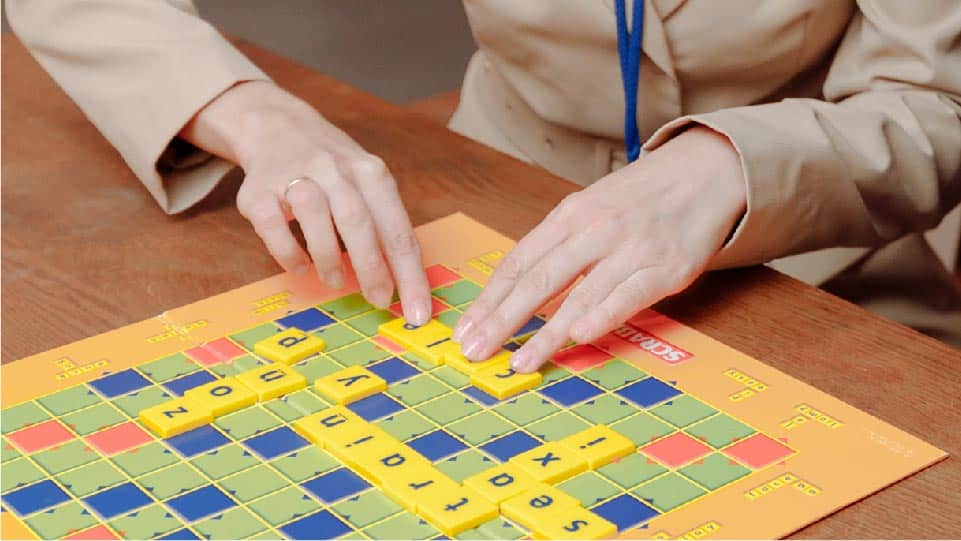Worst copy blunders in blogs and how to avoid them! Writing: love it or loathe it, it’s a vital aspect of your brand and one of many ways that your brand can create an outstanding or mediocre perception. Despite its usefulness and power, many people hate writing copy and find it less sexy than picking logos or images. It still deserves attention and focus. It still deserves an invitation to your branding party… especially if your blog is a touchpoint used to share your story and the incredible ideas behind your brand. To help, we’ve come up with a list of our Top 7 Worst Copy blunders in blogs.
1. The Oxford Comma
Okay, so we realize that the serial comma isn’t normally the top of anyone’s list. But it deserves attention, because, this past March, an omitted Oxford comma resulted in a $10 million judgment against a business because of ambiguity created in a statute when the Oxford comma wasn’t used. If $10 million still doesn’t relate the significance of the serial comma and how it eliminates confusion, here’s a meme that might help.

2. Its vs. It’s
Every time our copywriter sees this, he shudders (apparently, he had a middle school teacher that used a yardstick to slap the desk).
Easy blunders in blogs and autocorrect doesn’t always work properly.
The best way to keep these two clear is to remember one rule: it’s = IT IS. A great way to catch this (or any copy issue) is to read your post aloud after you’ve written it and say “IT IS” whenever you see “it’s.”
3. They’re vs. Their vs. There
Here’s another for the list of worst copy mistakes.
They’re = They ARE
They’re (They ARE) skipping Coachella this weekend and heading for a hike at Joshua Tree instead.
(TIP: switch with “they are” and if the sentence still works, go with it.)
Their = possessive form of “they”
Their flight to California got canceled so they decided to skip Coachella and plan for Burning Man.
(TIP: Whose flight? Their flight.)
There = an adverb that references a place or position
Kids: “Are we there yet?”
(TIP: Think of place. Are you talking about a physical location?)
4. Run-on sentences.
Remember Uncle Bob from the reunion? The guy who rambles on the same, long-winded story about a fishing trip where nothing happened? That’s what run-on sentences feel like and that’s why it is on our list of worst copy blunders in blogs. Avoid shoving a bunch of ideas and clauses into a single sentence. If it continues for more than 2 lines on a screen, you may have a run-on. Even when valid, it never hurts to break a long sentence into 2-3 shorter ones.
Remember Shakespeare. Brevity is the art of wit.
If you can’t remember Shakespeare, remember your middle school grammar teacher with a yardstick. Less imposing than Kathy Bates with a sledgehammer, but you get the idea.
5. Quote mark happy.
We value attribution. When quoting someone directly, absolutely use quotes. Yet, sometimes, there’s a befuddling use of quote marks with words and phrases that gets a little awkward.
Remember this basic guideline: use quotes for a direct quote of another source and for titles of short works, and, for any other instance, reference this list of rules. The problem? Take a look at this example.
Take a look at our difference! The “solution” offered by our competitors…
A reader will read the quote in that sentence as implying skepticism or derision. You might be comfortable doing that when talking about competitors, but if you aren’t careful, you may shoot yourself in the foot. For instance:
We “LOVE” our customers so much, that we’re offering a “discount” of….
Do you really love your customers? Are you really offering a discount, or is it fake? Don’t imply otherwise and discredit yourself.
6. Pronoun happy.
Pronouns substitute for nouns and noun phrases and are governed by what seems to be a complicated set of rules, particularly when English is a second language for many people. But we’ve all seen (and written) these sentences, whether or not we had the same grammar teacher as our wordsmith. The writer knows exactly what s/he intended, but, by the time the sentence gets to us, as the reader, we have no idea who is referenced by “she” or “he” or “they” or “it” or… For instance:
Sally said Jane lost her keys.
Whose keys are lost? Did Jane lose her keys? Or did Jane lose Sally’s keys?
Here’s our tip: use fewer pronouns. Rewrite so that it’s extremely clear which person is referenced by the pronoun.
Sally said, “Jane lost my keys.”
7. Relying on autocorrect, spell check, and grammar check features.
We’ll confess to this one. It happens to everyone. The problem? Nothing is perfect. The nuances of the English language and myriad rules and exceptions are one reason why it’s considered one of the most complicated languages to learn.
Here’s another problem: sometimes, auto-check programs are wrong. Or, perhaps, they’ve stopped working. Our wordsmith encountered this latter problem recently while using a grammar-check plug-in for Google Docs: one week it worked astoundingly, and then, virtually overnight, it highlighted deleted text and stopped reviewing new text.
Old-fashioned proofreading with a ruler is great when there’s time, but in today’s business environment, that’s rarely practical. Get a second set of eyes and, after substantive content is final, proofread specifically to look for errors in spelling, punctuation, and grammar.
One of the best practices that helps catch mistakes is reading your writing aloud. Give it a shot. Seriously. Close the door, turn on “Do Not Disturb” on your phone, and start reading. You’ll find a number of spots that you overlooked before, simply because you are now reading out loud and hearing mistakes that you didn’t see.
Worst copy mistakes in blogs are rarely about the big things. It’s usually the small nuances that trip up these touchpoints. So, invest in well-written copy. Otherwise, your blog copy could end up in another blog post like this one.
It makes common sense to hire a branding agency … for branding. And, you can do that in just 2-days with our “Branding Intensive“.







